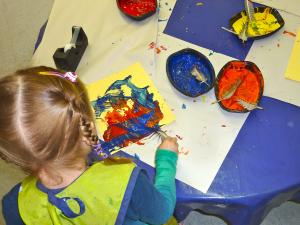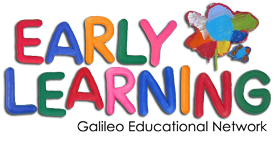
 The entire world serves as a young child’s learning environment. Everything from bugs to buildings presents an opportunity to explore and ask questions.
The entire world serves as a young child’s learning environment. Everything from bugs to buildings presents an opportunity to explore and ask questions.
Early childhood educators recognize this, and surround their young students with ways to explore what’s around them. The best teachers have the ability to spark a child’s imagination – the children become the engineers, historians, storytellers and inventors of their own creations. It is through such work children interact with adults and peers in ways that engage their hearts and minds. Together with the ongoing influence of parents, this is encouraged both within and outside the classroom.
A child’s learning environment should be one where it is safe to take risks and test their own abilities within a caring setting. Positive relationships are key, as learning is an emotional, as well as an intellectual process.
Dr. Robbin Gibb speaks about the positive impact of play on brain development and educational outcomes that is made possible through establishing strong relationships.
Dr. Bryan Kolb says that what he looks for in determining an effective early learning environment are the interactions; between adults and children and among the children.
Downloads
Dr. Jane Hewes has tips on how adults can create an environment that allows children to explore their environment and learn through play.
Learning cannot take place without assessment. It’s especially important children are given opportunities to evaluate and participant in their own learning. This document lists what to look for in an early learning classroom.

